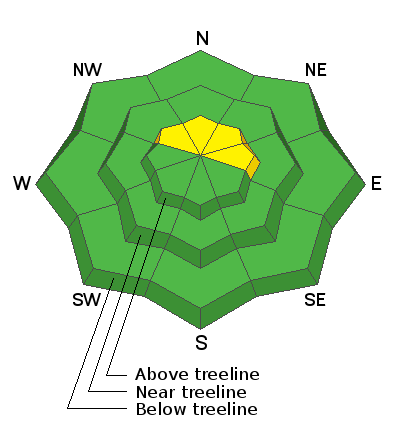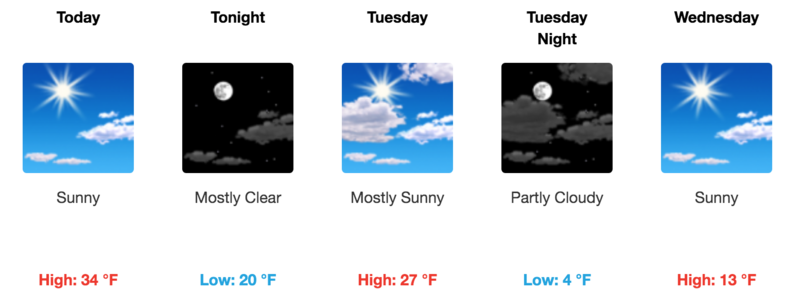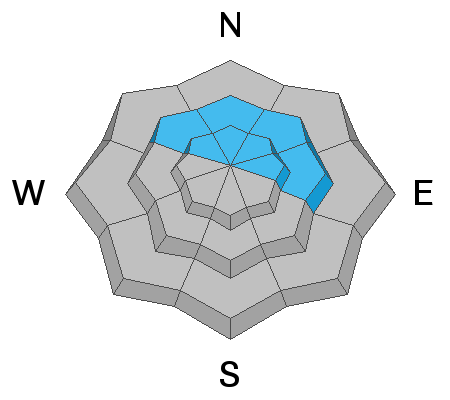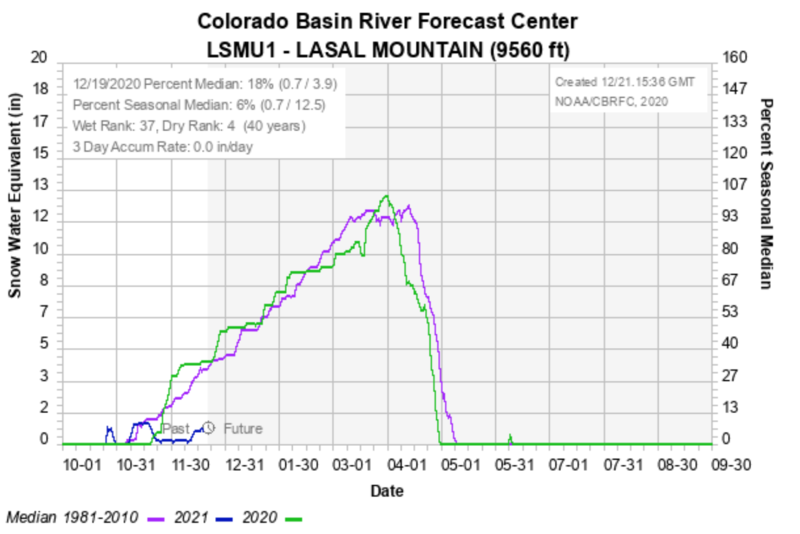Forecast for the Moab Area Mountains

Issued by Eric Trenbeath on
Monday morning, December 21, 2020
Monday morning, December 21, 2020
Most terrain has generally LOW danger. An isolated, or MODERATE avalanche danger may exist on steep northerly facing slopes where wind drifted snow is overlying layers of weak, sugary, faceted snow. Overall low coverage makes it very difficult to access avalanche terrain at this time, but if you find yourself in these areas, suspect slopes that have smooth, rounded deposits of wind drifted snow. or that feel hollow underneath. Cracking, whumphing, or collapsing of the snowpack are signs of instability. Even a small avalanche triggered under these conditions can have serious and painful consequences.

Low
Moderate
Considerable
High
Extreme
Learn how to read the forecast here









